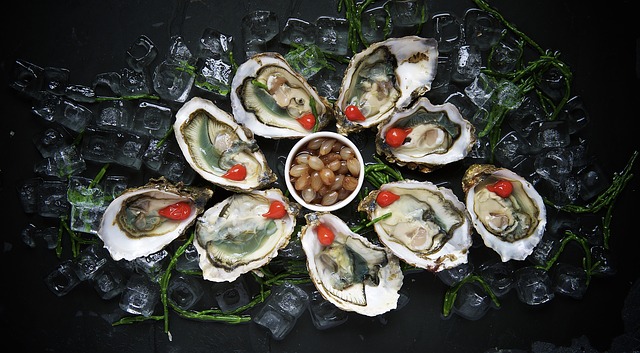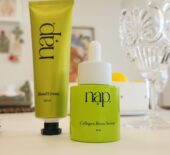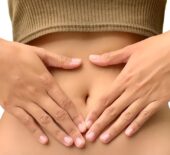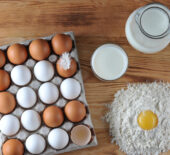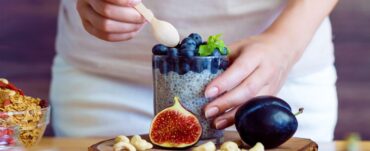This is an important blog for you to read if you have removed bread or milk from your diet. Or if you choose to drink soy, almond or other milk alternatives. These choices mean you could be at risk of iodine deficiency.
Iodine is important for foetal growth and normal development of tissues and the central nervous system and to prevent learning disabilities and conditions like Cretinism. This is why women planning for pregnancy are recommended to consult with their GP.
Iodine has other important functions as it allows your thyroid to function normally. Your thyroid produces many types of hormones which allow your body to produce energy, use oxygen in cells and regulates your metabolism. There are many reasons to get enough iodine in your diet.
What are the signs of not getting enough iodine? This can be as dramatic as a goitre which is the enlargement of your thyroid or other symptoms which include dry skin, fatigue and hair loss.
It is recommended anyone aged 14 years and over get 150 µg/day of iodine. Women who are pregnant need 220 µg/day and 270µg/day for lactating women.
The top foods per 100g which include iodine are listed below:
- Oysters 160 µg
- Sushi (containing seaweed) 92 µg
- Tinned salmon 60 µg
- Bread (fortified with iodised salt) 46 µg
- Steamed snapper 40 µg
- Cheddar cheese 23 µg
- Eggs 22 µg
- Ice cream 21 µg
- Chocolate milk 20 µg
- Flavoured Yoghurt 16 µg
- Regular milk 13 µg
- Tinned tuna 10 µg
In Australia all breads are fortified with iodine because of the large percentage of the population seen to be at risk of iodine deficiency. If you eat bread (except organic bread and bread mixes available for bread making in your own home, which is not fortified with iodine) you need 3 slices to get your recommended amount of iodine.
Unfortunately, most foods are low in iodine and the levels can further be effected by irrigation, soil and fertilisers. It will benefit your body to know what foods are higher in iodine to make sure you are allowing yourself a variety of these foods and beverages in your diet.
Take Home Message: If you choose to exclude certain foods or drinks high in iodine make sure you are including other high iodine foods and beverages in your diet. If in doubt consult with your GP and Accredited Practising Dietitian.
References:
- Mahan L.K., Stump S.E. (2004): Krause’s Food, Nutrition, & Diet Therapy, 11th Ed., Saunders, Pennsylvania.
- Australian Government, (2005):Nutrient Reference Values for Australia and New Zealand, “Iodine”, pp: 181-185, accessed: http://www.nhmrc.gov.au/publications/synopses/_files/n35.pdf, 19/06/09.
(Updated link http://www.nrv.gov.au/, April 2014)
- Food Standards Australia and New Zealand, (2009): Mandatory Iodine Fortification, accessed: 23/06/09, http://www.foodstandards.gov.au

